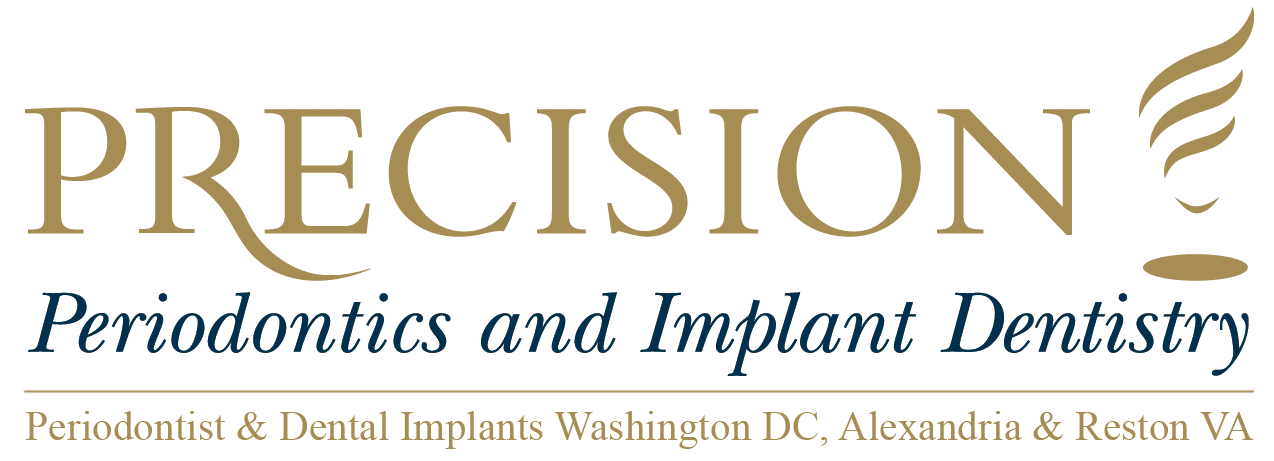Periodontology - Edentulism
Edentulism is also known as toothlessness and is the clinical term for having no teeth. Species that never had teeth are described as edentulous, and species that had teeth but lost them are also edentulous. In these species -- those that had teeth and have lost them -- edentulism is a complex condition that involves multiple dynamic biological systems. The teeth, jaws, and soft tissues inside the oral cavity all change over time and in response to bacteria, yeasts, and the overall immune system of the organism. For example, edentulism is often a result of bone resorption, and once the teeth are lost, this leads to further bone resorption. When implants are placed in the jaw, this stimulates bone growth, through osseointegration; thus, the bones in the jaw dynamically change because of disease and in response to treatment. The complex interaction among the systems and pathogens in the oral cavity can manifest gingivitis, cavities, stomatitis, periodontitis, and other conditions and diseases of the periodontium.
In humans, tooth loss has significant physiological and psychological impacts. Teeth help maintain the fullness and shape of the lower face by supporting the lips and the cheeks. They help people maintain the symmetry of their bite, and they serve the mechanical function of grinding, tearing, and chewing food. They contribute to the effective pronunciation of multiple different sounds. They help maintain the dimension and strength of the bones that support them. When they are lost, each of these things is affected, which often leads to a lack of psychological well-being that manifests as decreased self-esteem and possibly embarrassment when eating or talking. This is just part of the reason that oral hygiene is so important: to preserve the teeth and all that they affect.
Edentulism affects the shape of the face, and these effects worsen over time. In the absence of teeth, the tongue, which self-adjusts to fill the space it is allowed to fill, will widen. Thankfully, once the teeth are replaced, with either removable or permanent dentures, the tongue will gradually narrow, though this initial widening of the tongue complicates the measurement and fabrication of the dental restorations.
In some very rare cases, edentulism occurs because the teeth didn’t develop in the first place; this is a condition called anodontia. Most often, however, edentulism is the result of the extraction of the permanent teeth, either due to dental cavities, periodontal disease, injury or trauma, or facial pathologies. Edentulism is treated with dental restorations, which include bridges, dentures, and implants. Bridges are used to replace just a few missing teeth and are supported by the natural teeth that are adjacent to the edulous area. Dentures are false teeth that are built upon an acrylic base and may replace some or all teeth; they may also be removable or fixed onto dental implants. Dental implants can be used to replace a single tooth or to support a bridge or a denture. Once the classification of edentulism is determined, the type of treatment is planned based on these specific classifications. This classification includes the location of edentulous areas, the extent of these areas, the condition of the remaining natural teeth, the pattern of the bite, and the amount of alveolar ridge that remains in the jaw, and each classification is best suited for specific types of dental restorations.
